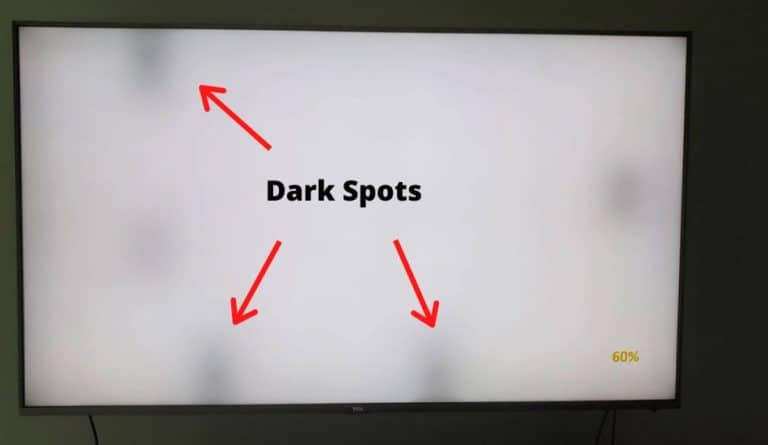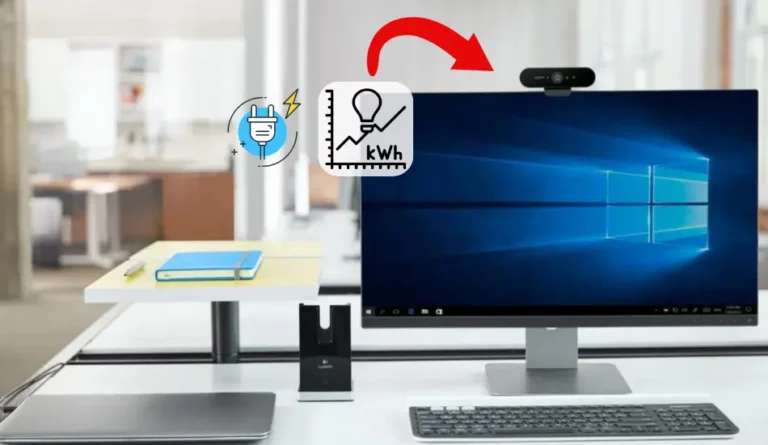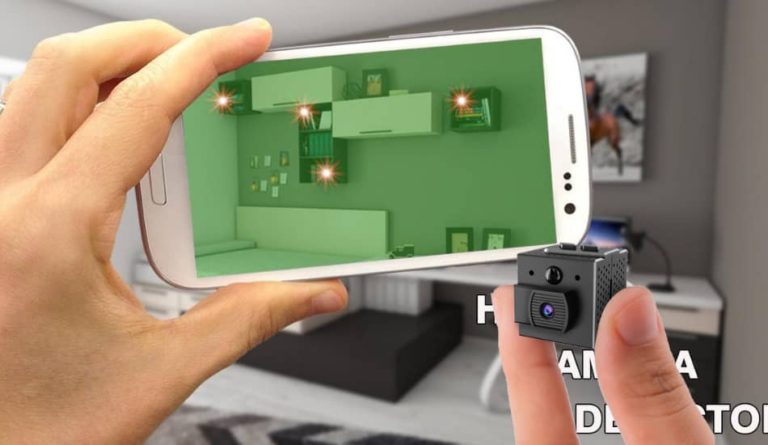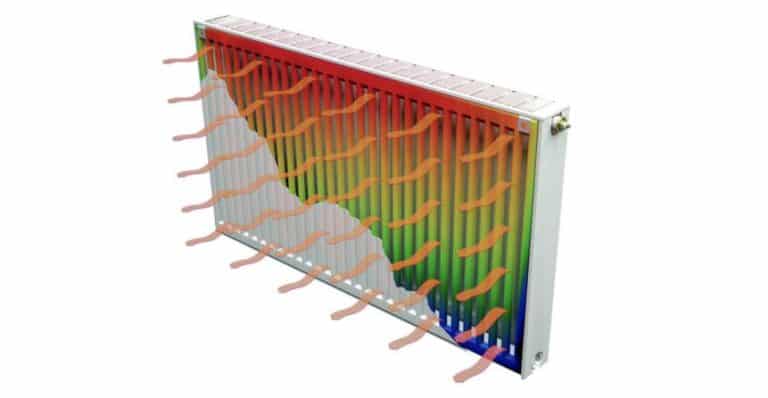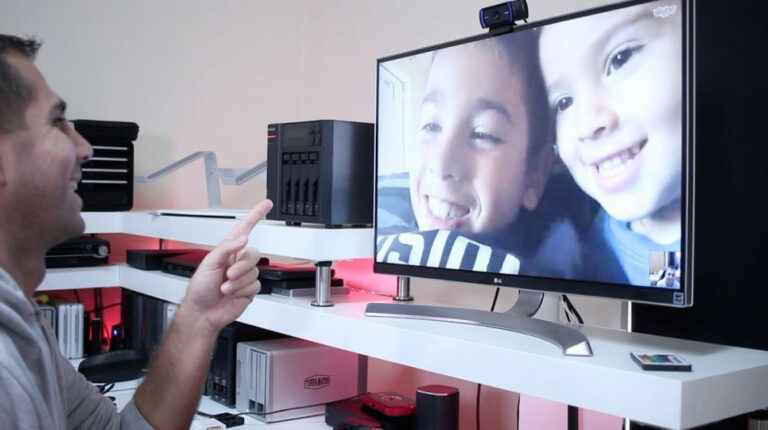Voltage Stabilizers For TV! Complete Guide
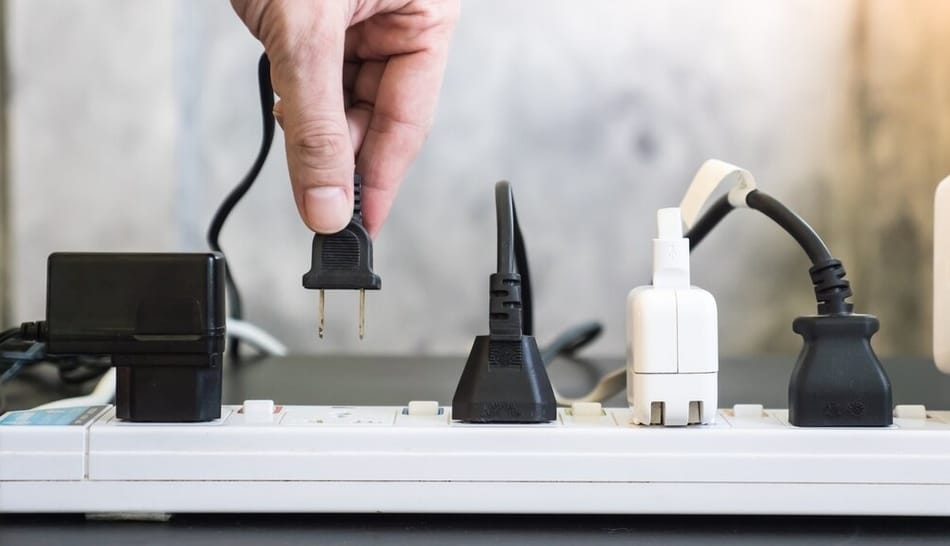
Power surges are a familiar nuisance to residents of large cities and small towns. They occur due to accidents on the line, during bad weather with heavy rains, thunderstorms and wind. And most importantly, such a nuisance is always unexpected, so there is no way to turn off all household appliances in a timely manner.
Moreover, each such leap brings closer the “death” of TV, computer, or washing machine. Therefore, it is important to select and install a voltage regulator for the TV in advance. Especially if in the next couple of years you do not plan to update the appliances in the house.
Table of Contents
What Are Voltage Stabilizers And Are They Needed?
Voltage stabilizers are devices for maintaining a stable voltage in conditions of its drop. The task of the stabilizer is to increase or decrease the intensity of the current supply within the optimal range of 220 V, and also to turn off the supply when the intensity level reaches 160 V or less or 255 or more Volts.
Voltage stabilizers are included in the basic configuration of any laptop and PC, but TV stabilizer has to be purchased separately (this applies to old TVs). Therefoe, the answer is no! No voltage stabilizer is not required. Most modern TVs don’t need it, because the electronics are made to react and stabilize the voltage inside the TV.
According to the connection method, stabilizers are networked, where the connection is provided for each individual device. Or trunk lines – connected to all power grids leading to the house or entrance.
If there is a large number of expensive equipment in the house, you should think in advance about a separate mains uninterruptible power supply. It is installed on the cable entering the dwelling. And so it protects all equipment, not just TV.
Do All TVs Need “Stability”?
The question of purchasing a 220V voltage stabilizer for a TV has been standing since the days of large tube models. With each current surge, the image on the display deteriorated, distorted, and the color changed. Often, after a thunderstorm, the TV had to be repaired or returned for repair.
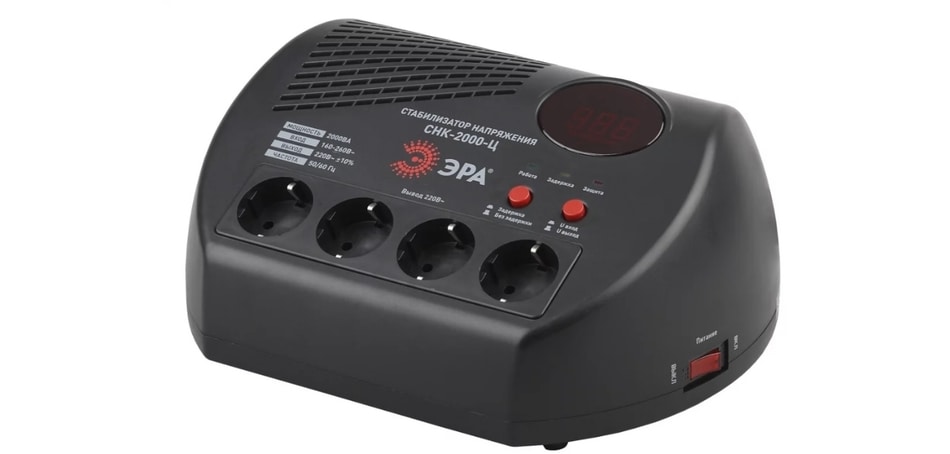
Modern technology based on matrixes such as LED, LCD, and plasma is equipped with a switching power supply. It supports current drops in a fairly wide range: from 170 to 250 V. As soon as the values go down or up, the TV is automatically turned off. But, if for some reason this does not happen, the probability of a breakdown and subsequent repair of the TV is high.
Some manufacturers, for example Samsung and LG, produce separate equipment for their TV models. Such protection of the TV from power surges is reliable, but it costs several times more expensive than analogs from other companies.
It turns out that despite the built-in protection against current surges in TVs, they need a separate stabilizer, especially if the lights in the house very often blink and the lights turn off.
When You Definitely Need an Uninterruptible Power Supply
Despite the presence of a built-in stabilizer in LCD and LED TVs, there are situations when additional equipment is definitely required:
- Constant surges in electricity in the house due to old wiring, private thunderstorms, and winds.
- Private house, where there are always problems with the intensity of the current supply.
- Renovation work or the construction of new houses is often carried out nearby – there is a high probability that cables will be damaged during construction.
Before buying a device, you can measure the total voltage in the house for one or two days. To do this, you need to purchase or borrow a tester from someone. And check the indicators every 1-2 hours.
Such an analysis will help to understand whether a stationary or trunk device is needed. After all, it is better to protect once than to repeatedly repair appliances in the house.
Important! The trunk UPS is mounted as close as possible to the switchboard. It is advisable to mount it immediately after the meter.
Do not confuse the burnout of pixels on the matrix and the consequences of power surges. Pixels are control transistors. And they do not fail due to voltage. But the complete failure or disappearance of the picture as a whole is already a sign of voltage drops.
Types of Stabilizers And its Features
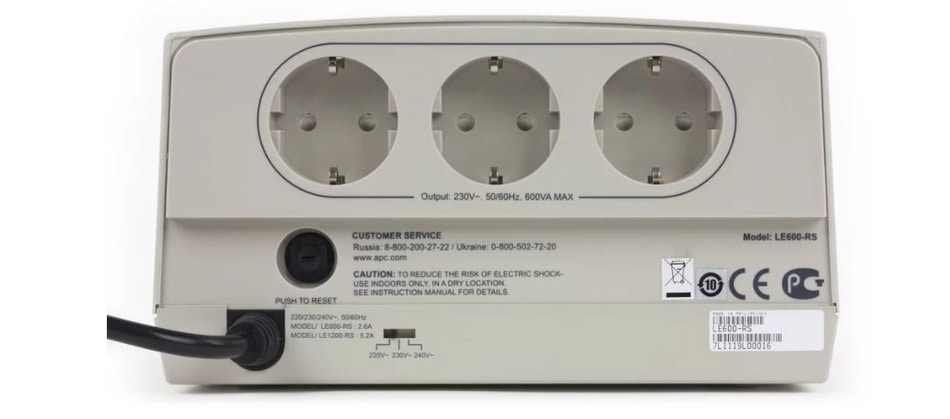
All stabilizers for TV and other equipment are divided into the following subspecies:
- Stepped or relay options. Their principle of operation is based on switching the windings of a working transformer. If the input voltage changes, the relay closes, which reduces the amount of sinusoidal voltage in the network. The setting in such models is abrupt, accompanied by a specific sound that appears when the relay contacts are closed. Such options are great for networks where surges occur very often and with a large volt range. The equipment is the cheapest in terms of cost.
- Electronic uninterruptible power supplies equalize voltage using triac or thyristor switches. The equipment is quite expensive. But it works silently and with instant adjustment of the input parameters.
- Electromechanical instruments or servo-motor, servo-driven options. They are set up by moving the carbon contacts along the winding due to the operation of the electric drive. Stabilizers of this class have an average price. Adjustment of indicators is smooth. The design is small in size. The disadvantages include: it works quite noisy and has a low reaction rate.
- Ferroresonant variants have a long service life and a low price. They fine-tune the input parameters. But they have an impressive size, weight and strong noise during operation.
- Inverter stabilizers convert voltage in two ways. At the input, it changes into a constant, at the output – into a variable. The devices work absolutely silently. And they are reliably protected from any external interference, power surges. But at the same time, their cost is the highest of all the options.
All of these stabilizers are suitable for installation before a TV or other equipment. With optimal technical parameters, they can be delivered as trunk lines and protect the entire line. At the same time, the cost of the latter is much higher than a simple stabilizer for TV.
What Are Surge Protectors
Modern TV models are equipped with a power strip – internal protection against power surges. But it breaks down over time and requires replacement. Therefore, it is recommended to refer expensive TVs to diagnostics at least once a year so that there are no problems with network jumps.

Such network voltage stabilizers for LCD, LED TVs include:
- Varistors – they give resistance at very high pressure, taking it upon themselves. However, they usually burn out. The result is reliable, but one-time protection.
- LC filters pick up high frequency noise through the presence of capacitor coils and inductors. These are reusable and fuses. They have a small button on the body. When the voltage exceeds the norm, the button is pressed and opens the target. The device works automatically. But to start work, you need to return the button to its original position.
- Lightning dischargers. They are equipped with gas-discharge electrodes together with a varistor. They take on stress and quickly eliminate potential differences.
Important! Absolutely all mains filters are equipped with grounding. A good manufacturer will definitely indicate in the instructions which of the lines belongs to varistor protection. If the varistor is only between phase and ground, additional grounding will have to be done. But in the “phase-zero” option, nothing auxiliary is required.
The surge protector itself is a complex device that includes electronic components to suppress impulse noise. They prevent the equipment from short-circuiting during voltage surges.
A TV stabilizer is a more sophisticated device that protects from both low and high frequencies and impulse noise, while the surge protectors only protect against high performance. Therefore, UPSs work much better and longer.
Which Voltage Stabilizator to Choose?
To understand which voltage regulator to choose for a TV, you need to know exactly the network parameters. Understand how strong and frequent the drops in the network are. After all, all devices have different powers, which must be combined with the parameters of the TV.
The main parameters that are taken into account when choosing a device include:
- TV power. It can be found through the technical datasheet. And use it to select the uninterruptible indicator.
- In rural areas, additional protection against short circuits is needed. There is a high risk of strong wind gusts and thunderstorms.
- Noise level of work. Important when installing in a home directly next to the TV. Excessive noise can spoil the TV viewing experience.
- Network power level range. If the supply intensity in the region drops to 90V, then the protection should also be switched on from this indicator.
- Unit dimensions also matter. It makes no sense to buy a bulky device that will take up a lot of free space.
Important! When buying a stabilizer not only for a TV but also for other household appliances, you must take into account the total power of all devices. And select an uninterruptible power supply on it.
When all the parameters are calculated, you can decide which manufacturer to choose the stabilizer for the TV. Domestic entrepreneurs offer quality appliances at an affordable price. Chinese options are the cheapest, but not the most durable. European ones are the most expensive, but also with the high build quality and protection against network outages.
You can buy an uninterruptible power supply from the same company as the TV itself. But such models are usually much more expensive than analogs. It is worth purchasing equipment in specialized stores. You need to order online carefully so as not to get a “pig in a poke”.
How Uninterruptible Power Supplies Are Connected
Voltage stabilizers for TV are connected according to the general principle. You will not need any additional knowledge and skills for external devices. Most models have 5 connectors: input phase, zero, ground zero, phase going to the load point.
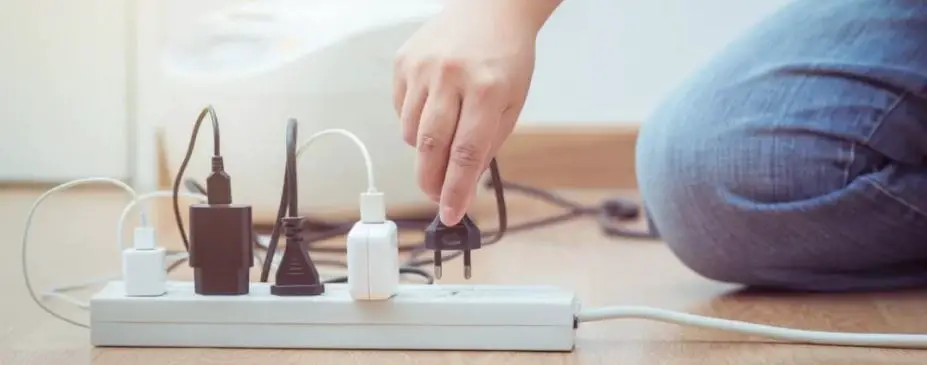
You can connect devices only when the electricity supply to the house is turned off. It is advisable to put an auxiliary RCD before the meter to extend the life of the UPS. In the power grid itself, a ground loop is provided.
Important! You cannot monitor the stabilizer immediately in front of the counter. The optimal place for installation is 0.5 meters from the TV, but not closer.
The connection diagram is simple – the stabilizer is plugged into the outlet. And the TV into the socket of the device with the designation “exit”. The TV can only be switched on after connecting all the elements.
General Instructions For Choosing a Stabilizer
A stabilizer is needed for all types of TVs in the event that there are frequent voltage drops in the network, regular power outages occur, or there is old wiring in the house.
The selection and installation itself is carried out according to the following scheme:
- Decide whether to connect one TV or all devices to the stabilizer.
- The choice is to protect the entire network – to put a trunk device, or just TV.
- Power outage in the house.
- Equipment installation.
- Starts the TV.
Employees of electric shops can help with choosing a suitable model. But for this, they need the network parameters and the total power of the devices that will connect to the UPS.
You can also see What are White Spots on TV and What Causes them.
Final Thoughts
Voltage stabilizers are designed to maintain a stable voltage of your electrical equipment, such as a TV. Therefore, if a strong thunderstorm or storm hits your area, it would be advisable to have one such device connected to your TV. In this article we could see how voltage stabilizers work, what are their characteristics and how to choose the right model for your needs. I hope that this area is much clearer to you now and that we have helped you.


